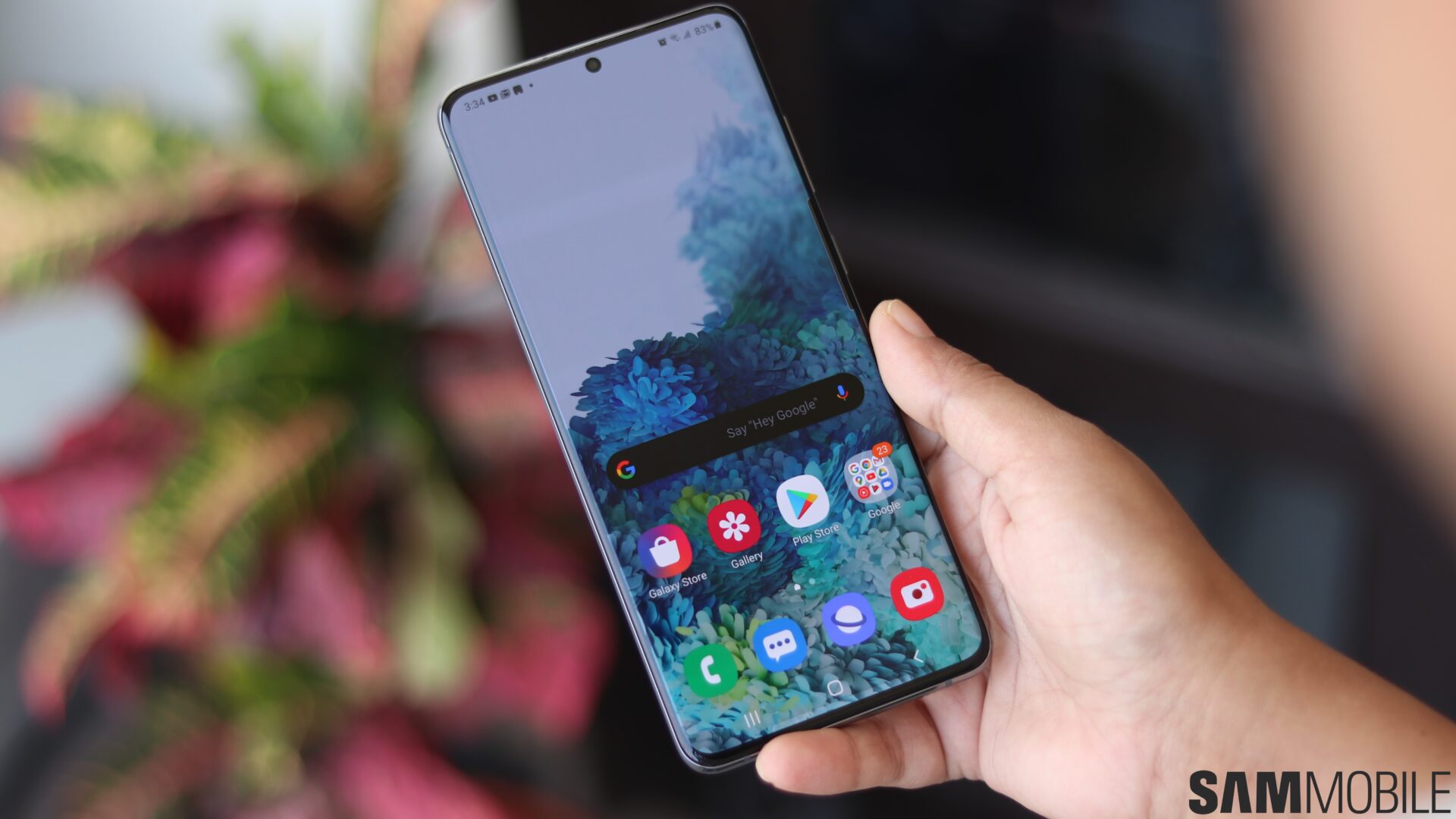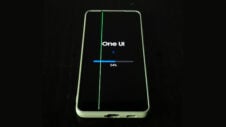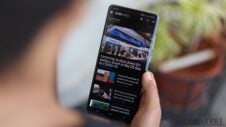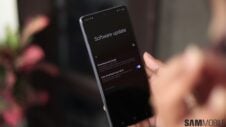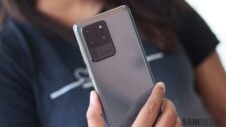AnandTech revealed a few interesting bits of information regarding the Galaxy S20 series' 120Hz display in a recent analysis of the OnePlus 8 Pro. Specifically, both of these phones have 120Hz capabilities, but the Galaxy S20 lineup is, as we all know, limited to a FHD+ resolution when enabling the 120Hz refresh rate. And although there was a bit of hope that Samsung might address this limitation through a firmware update, this might not be possible in light of new data from AnandTech.
It all seems to boils down to a key hardware limitation
While both the Galaxy S20 series and the rival OnePlus 8 Pro can achieve 120Hz refresh rates, the underlying technology is different in one key aspect. According to the source, the Galaxy S20 series has a single MIPI lane to the DDIC (display driver integrated circuit). This limits the bandwidth, and this bottleneck is seemingly the main reason why the Galaxy S20 series cannot deliver a 120Hz refresh rate on QHD resolution. To achieve the necessary bandwidth for delivering 120Hz as well as QHD simultaneously, the Galaxy S20 would need dual MIPI interfaces instead of a single lane.
In other words, the Galaxy S20 series is limited to 120Hz FHD+ or 60Hz QHD by the hardware, and a firmware update is highly unlikely to change how the display works in this regard. Samsung's 120Hz display is still awesome despite these limitations, but for the sake of remaining competitive at least, the company will hopefully address this with the Galaxy Note 20 or the Galaxy S21 at the latest. Until then, we should probably make peace with the thought that the Galaxy S20 series will never deliver 120 frames per second in QHD resolution.
